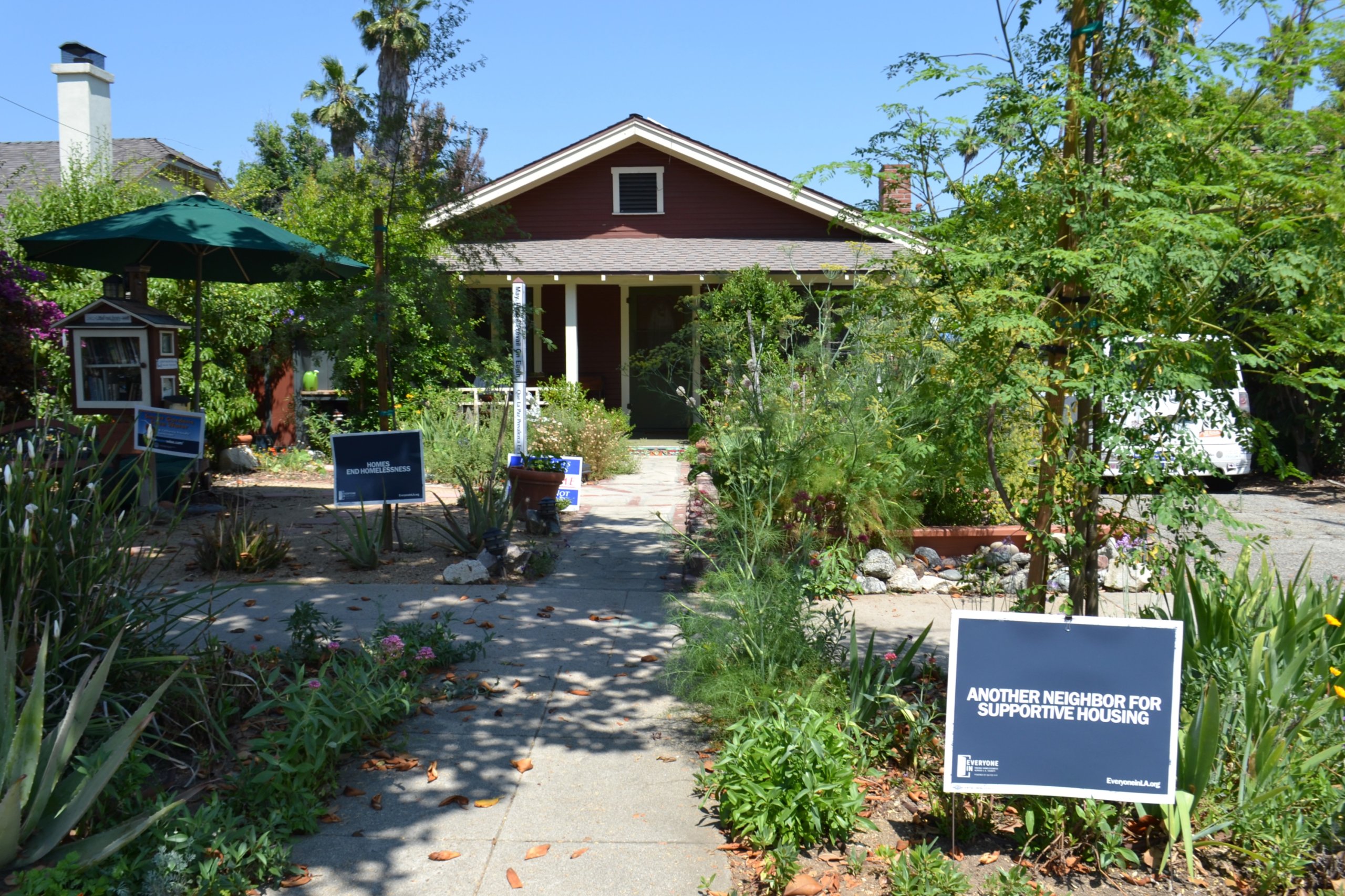
By Alex Cordero
The Inclusionary Housing Ordinance (IHO) is currently under review by city officials and community residents are urging Pasadena council members to vote on having the IHO amended with new policies to help the high demand for affordable housing. The Inclusionary Zoning Working Group (IZ) of the Greater Pasadena Affordable Housing Group (GPAHG) has submitted their proposal to change the IHO’s current policies to the Planning Commission. The Planning Commission has reviewed the proposal and has now released a report recommending “that the City Council approve the Zoning Code Amendments,” according to the outline described in the report.
However, what is being recommended by The Planning Commission in the report does not necessarily coincide with some of the requested amendments, amid results from a market and feasibility study completed by AECOM, the company retained by the city, that do fall within the IZ proposals to change the IHO according to some inclusionary scenarios.
The IHO requires projects with 10 or more units to set aside 15 percent of those units as affordable for moderate and low-income households. The percentages are broken down by income categories which consist of “very low” to “moderate” income levels. In rental projects 15 percent of those units are distributed among different income levels but for-sale projects require the entire 15 percent be set aside for one income level category (moderate). Also, the current IHO allows for projects to replace housing units at lower affordable levels (the units at the lower end of the affordability spectrum) at lower inclusionary rates (this is also referred as “trading down”). In essence, trading down transactions create lower levels of affordability and decrease the amount of total units set aside. The ordinance also includes a variety of incentives — such as providing units off-site and/or dedicating land to the city — to offset the cost of including affordable units in housing projects.
This is the first time the ordinance is being considered to be amended since it first came into effect in 2001, and due to the current housing crisis local residents believe the City Council can do better than 15 percent.

The IZ is proposing to have the percentage increased to 25 percent, although the AECOM study results provided in the Planning Commission’s report reflect that 20 percent is an achievable increase.
Community leaders advocating for affordable housing such as Jill Shook say, “15 percent is unacceptable, we can do more, asking for a 10 percent increase is bold and necessary to help improve affordable housing in our city.”
Shook recently hosted a potluck at her house inviting several community residents to discuss the IHO, to answer questions, provide talking points about the IHO when approaching council members about the topic, and to get the word out to obtain the support of the community on this proposal.
The percentage increase is only one of over 10 requests the Inclusionary Zoning Working Group of the GPAHG has submitted to the Planning Commission of the City of Pasadena to consider.
Overall, the Planning Commission is recommending to the City Council some revisions based on the results of the study but local residents are determined to demand more from their council leaders to start heading in the right direction and lead when it comes to affordable housing.
To learn more about the IHO proposal please visit makinghousinghappen.net/2018/06/23/overview-of-gpahg-greater-pasadena-affordable-housing-group.






